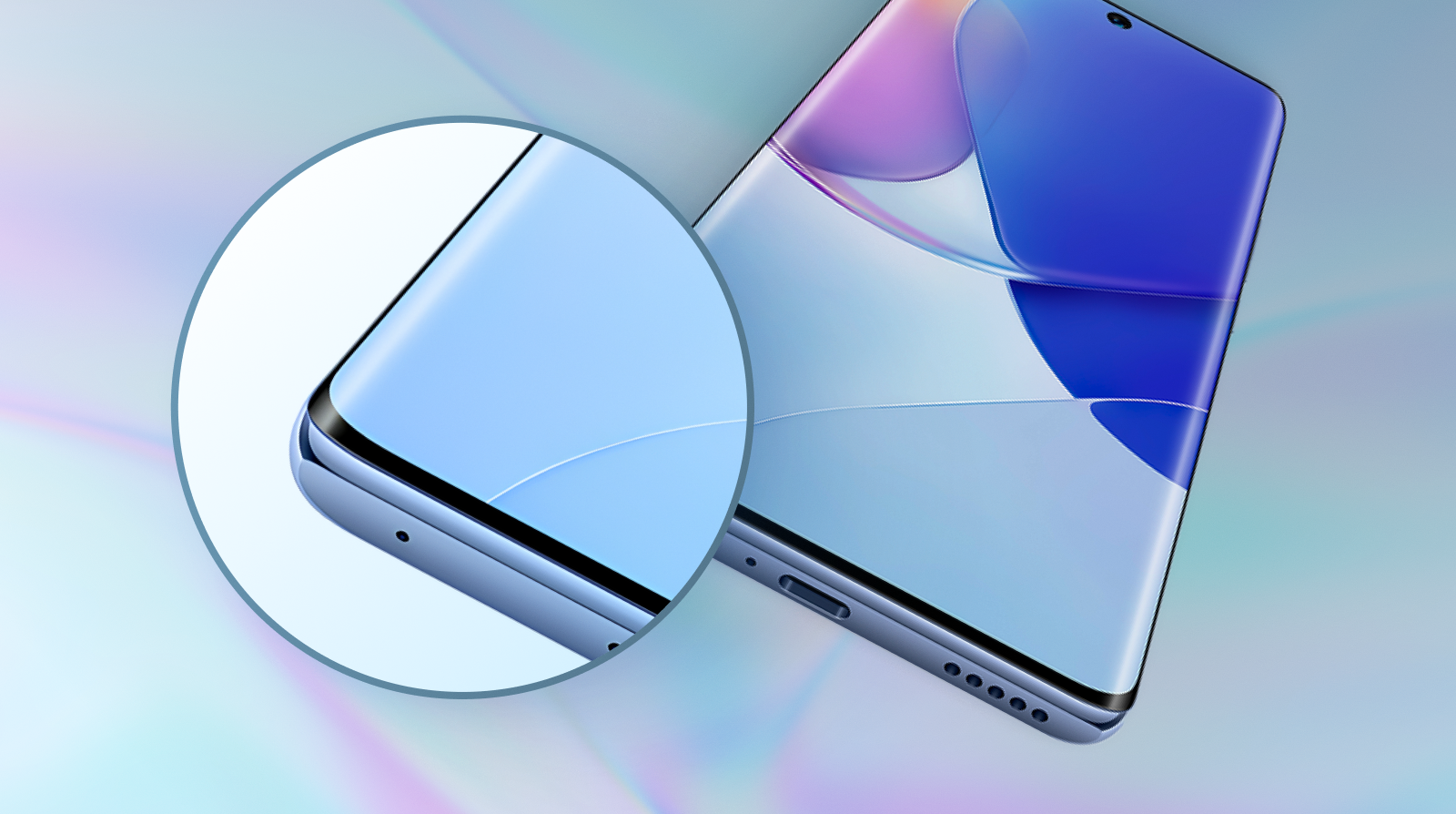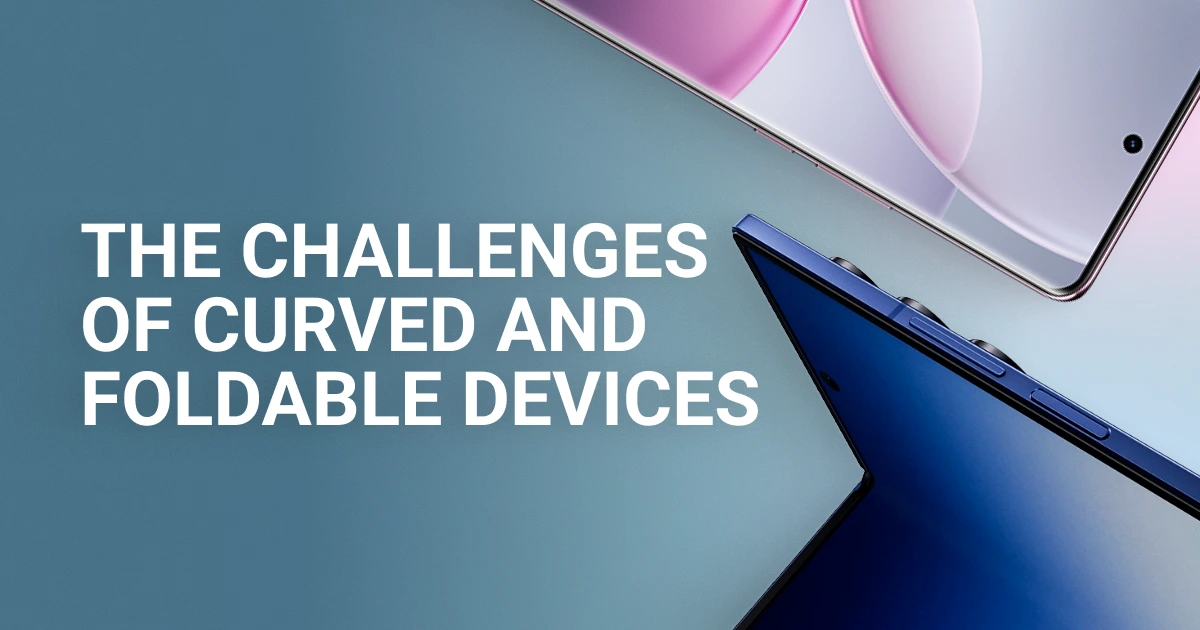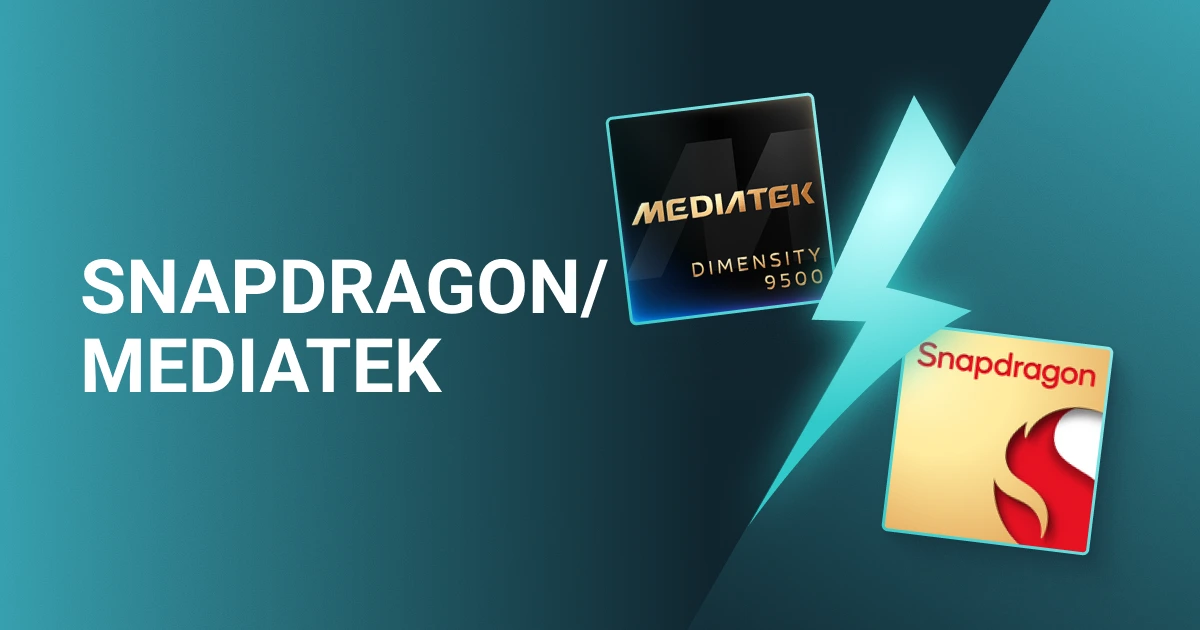As smartphone design evolves, curved screen phones and foldable phones continue to attract attention with their futuristic aesthetics and engineering complexity. But behind their sleek looks lies a question that matters for every company dealing with used devices: are these models a smart investment—or a hidden loss—for the buy-back business?
At NSYS, we work closely with refurbishers, resellers, and repair companies around the world. Our diagnostic and automation tools process thousands of devices every day, so we clearly see how technological trends affect device quality, repairability, and resale value.
From this expert perspective, we can say: curved and foldable phones are stunning innovations—but they introduce very real operational challenges.
Curved Display Phones: Style That Comes with a Cost
A curved display phone (or simply a curved phone) features glass that bends around the edges, reducing bezels and offering an immersive look. While visually appealing, these devices often complicate testing, protection, and refurbishment.
Our partners report that curved screens bring a higher rate of cosmetic and functional issues:
-
Increased fragility. Edge glass cracks easily, and even minor impacts can affect touch sensitivity or OLED performance.
-
Difficult protection. Standard cases and screen protectors rarely fit precisely, which increases the likelihood of damage.
-
Repair complexity. Replacing a curved display is more expensive and technically challenging due to its shape and adhesive design.
-
Testing accuracy. Touch misalignment near curved edges can lead to false diagnostics if automated tests are not optimized.
Through NSYS Diagnostics, we see that curved screens frequently require additional calibration and testing cycles. This raises processing time and cost per unit—an important factor for buy-back and grading operations.

Foldable Phones: Innovation with Operational Risk
Foldable phones promise flexibility: large screens that fit in smaller pockets. The concept excites consumers, but for secondary market players, it brings instability.
According to Counterpoint Research, foldable shipments are expected to decline by about 4% in 2025, marking the first slowdown after years of rapid growth. The reasons are clear—durability issues, high repair costs, and uncertain long-term reliability.
From our analytics and client data, the most common problems with foldables include:
-
Hinge wear and mechanical failure after several hundred folding cycles.
-
Creases and display degradation along the fold line.
-
Dust ingress that damages the inner layers of the screen.
-
Expensive, limited repairs—replacement parts often cost nearly as much as the device itself.
These risks make foldables a special category for any buy-back company. When we analyze devices through NSYS Diagnostics or assess cosmetic grades via NSYS Autograding, foldable screens require tailored workflows and visual criteria. Even small hinge deviations can affect grading results and resale price.

Market Reality: Are Foldable Phones Worth It?
Despite strong marketing from OEMs, consumers remain cautious. In 2025, foldables are projected to make up less than 2% of the global smartphone market (Mordor Intelligence).
Buy-back companies face two layers of uncertainty:
-
Volatile demand. Resale channels for foldables are still limited, and many customers avoid refurbished units.
-
Unstable pricing. Device value drops faster than with flat-screen flagships due to repair anxiety and lower perceived reliability.
That means for now, these devices are better viewed as high-risk premium stock, not as a stable category for bulk trade.
NSYS Expert Insights: How the Industry Can Manage These Devices
Based on our collaboration with global partners, here’s how the secondary market can mitigate risk when dealing with curved screen phones and foldable phones:
-
Use advanced diagnostic automation. Accurate hardware and touch testing—especially near curved edges or folding zones—is crucial. Our software solutions like NSYS Diagnostics help detect even micro-defects invisible in manual checks.
-
Adapt valuation models. Integrate higher depreciation factors and warranty costs when estimating buy-back value.
-
Prioritize certified data erasure. With devices this expensive, secure data wiping via NSYS Data Erasure (ADISA certified) protects both business and customer trust.
-
Track performance data. Regularly analyze defect ratios, returns, and resale speeds for these categories—data is your best decision tool.
By combining automation, accurate testing, and analytics, buy-back and refurbishment companies can handle these complex models efficiently and with less risk.
Final Thoughts
Curved and foldable smartphones represent impressive engineering milestones—but they also test the limits of the secondary market.
From NSYS’s experience supporting hundreds of businesses in diagnostics, valuation, and sustainability, we see a clear pattern:
-
Curved phones increase operational cost but remain manageable with proper testing automation.
-
Foldables, while innovative, still present durability and liquidity risks that must be carefully modeled in pricing and logistics.
In 2025, the best strategy for buy-back and refurbishing companies is balanced adoption: embrace innovation, but only with the right tools and data-driven controls in place.
At NSYS, we’ll continue to equip the industry with reliable technology to test, evaluate, and process every device—curved, foldable, or flat—with the same level of precision and transparency.








